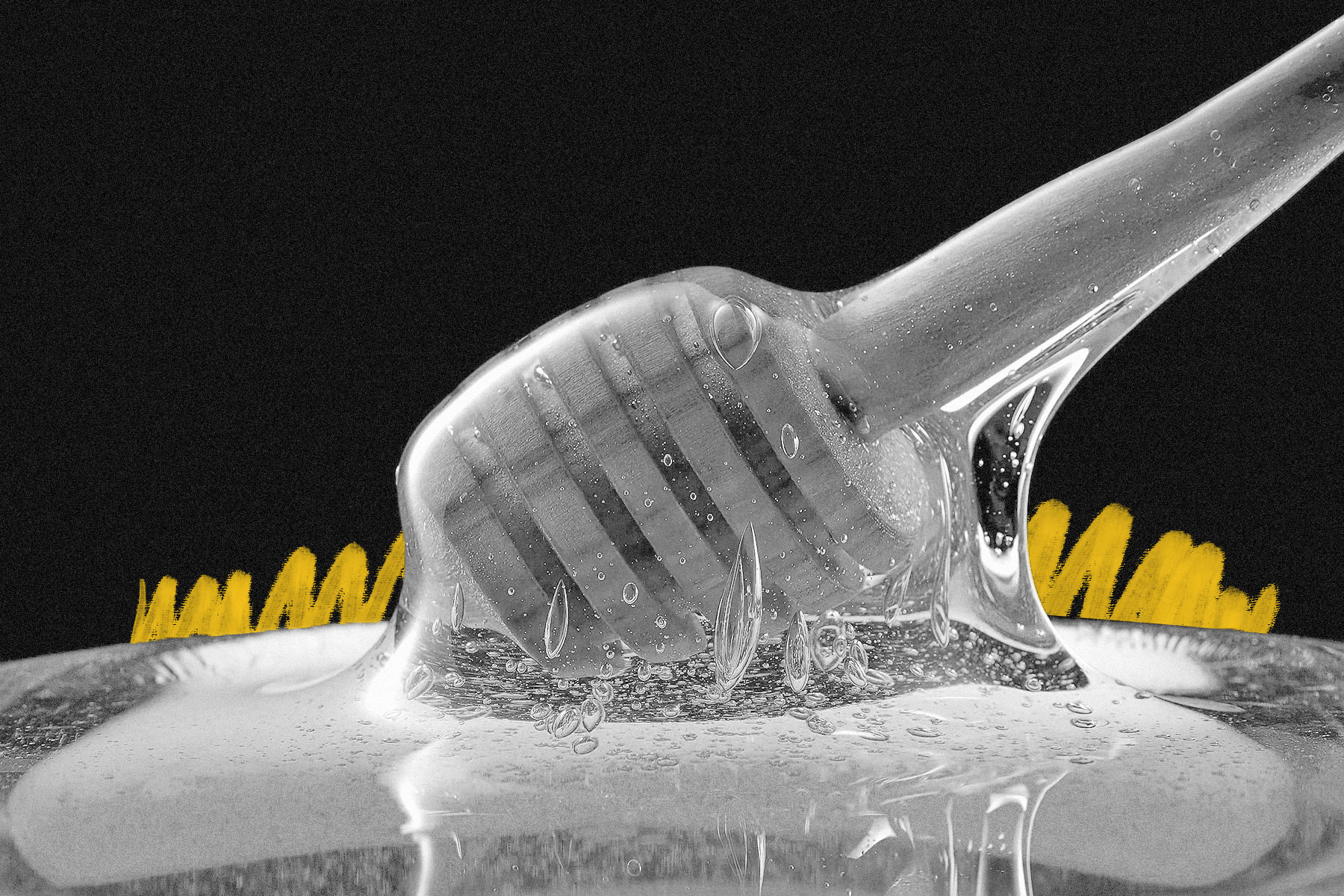Archaeologists have found 3,000-year-old pots of honey that are still edible.
Ancient Egyptian royals were often buried with objects they believed were needed for a harmonious transition to the afterlife. Items such as jewelry and games were common inclusions in their tombs, as were everyday staples such as clothing and food. And while we might expect any ancient food to decompose past the point of recognition, archaeologists have actually uncovered 3,000-year-old pots of honey that were, remarkably, intact — and still edible.
Honey’s extraordinary shelf life is the result of several factors. Its low water content and high sugar levels create an environment that’s inhospitable to bacterial growth, and it also contains trace amounts of hydrogen peroxide, which acts as a natural microbial inhibitor. While other foods with similar sugar makeup tend to spoil faster, honey has its sophisticated alchemists to thank for its resilience: Bees use their rapidly flapping wings to evaporate most of the honey’s water, and an enzyme in their stomachs contributes to honey’s unique antibacterial property. Egyptians were some of the earliest known organized beekeepers, and along with sending honey into the next life with the deceased, they also offered the sweet substance to their deities.















